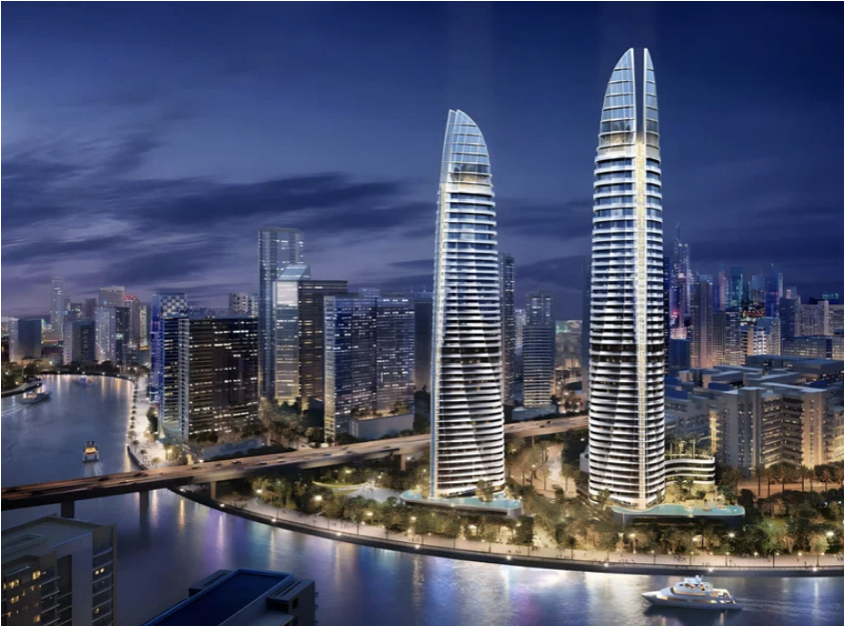In 2023, Dubai’s property market is experiencing an impressive annual surge of 20%, outpacing the growth seen in the previous year and positioning itself as one of the the world’s fastest growing real estate markets. This stands in stark contrast to the global average for property price growth, which languishes at a near-decade low of 3-4%.
Adding to its appeal, certain areas within the city boast rental yields that exceed 10%, firmly establishing Dubai as a major player in the realm of global residential property investments.
Despite the remarkable surge in property prices, Dubai’s residential market shows no signs of overheating. UBS’s Global Real Estate Bubble Index, unveiled in September, designates Dubai as one of the safest markets globally in terms of the risk of a residential property price correction, highlighting its reasonably priced market. Even with this significant surge, inflation-adjusted house prices remain around 25% below their 2014 peak. Fueled by substantial growth in real incomes and an influx of affluent and skilled migrants, Dubai’s residential property value is expected to sustain its double-digit growth for years to come.
Henley & Partners’ report anticipates an influx of approximately 4,500 millionaires relocating to Dubai this year, with the UAE issuing over 3.4 million new residence permits in the last 12 months—equivalent to over a third of its current population.
Knight Frank’s recent report further emphasizes Dubai’s prominence, labeling it a “global outperformer” due to escalating demand for luxury waterfront homes amid limited supply. However, the allure of Dubai’s real estate market extends beyond high-profile city center and Jumeirah villas.
Housearch.com, a prominent online property search hub, notes a “notable shift in housing preferences,” as individuals increasingly gravitate towards smaller, more affordable homes in less expensive neighborhoods. Housearch.com identifies areas to the South and South-East of the city center as particularly promising, experiencing a rebound in property values and currently standing at approximately 50% of their 2014 levels.
Data from CBRE Group, a leading real estate investment firm, supports this trend. Neighborhoods like Remraam, Liwan, Discovery Gardens, Motor City, and Dubai Investment Park stand out, providing landlords with noteworthy gross rental yields ranging from 9-10%. Paired with anticipated property value appreciation, an investment in buy-to-rent residential property in these neighborhoods could potentially yield an annualized return on capital of around 20%. In contrast, prime locations like Palm Jumeirah offer a more modest 5-6% gross rental yield and are considered more susceptible to market cycles.
While the allure of luxury properties in iconic locations remains, from a buy-to-rent investor’s perspective, the less glamorous areas of Dubai appear to offer more promising prospects. With robust rental yields and expected property value appreciation, these areas are swiftly emerging as the new frontiers in Dubai’s dynamic real estate market.



